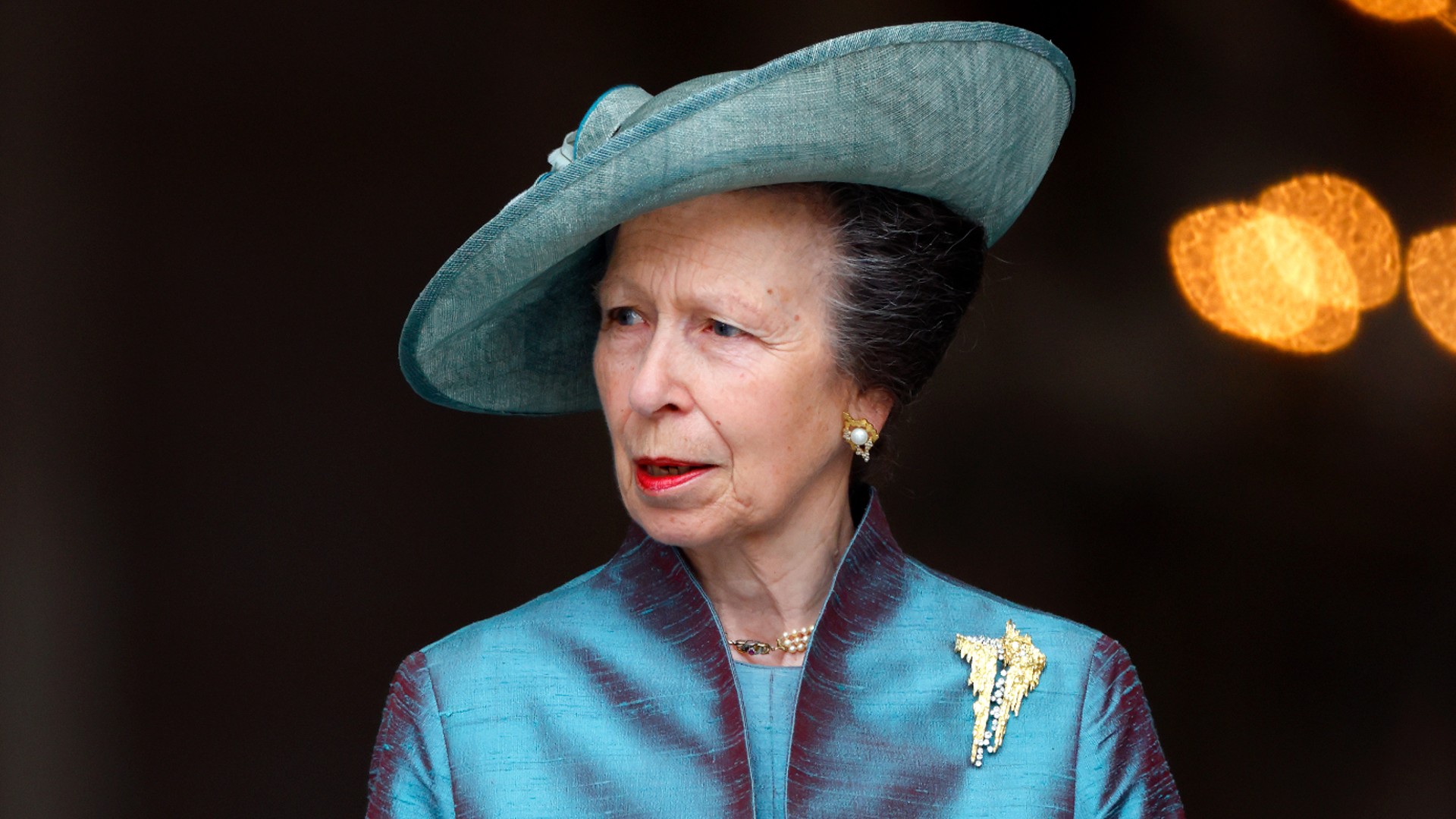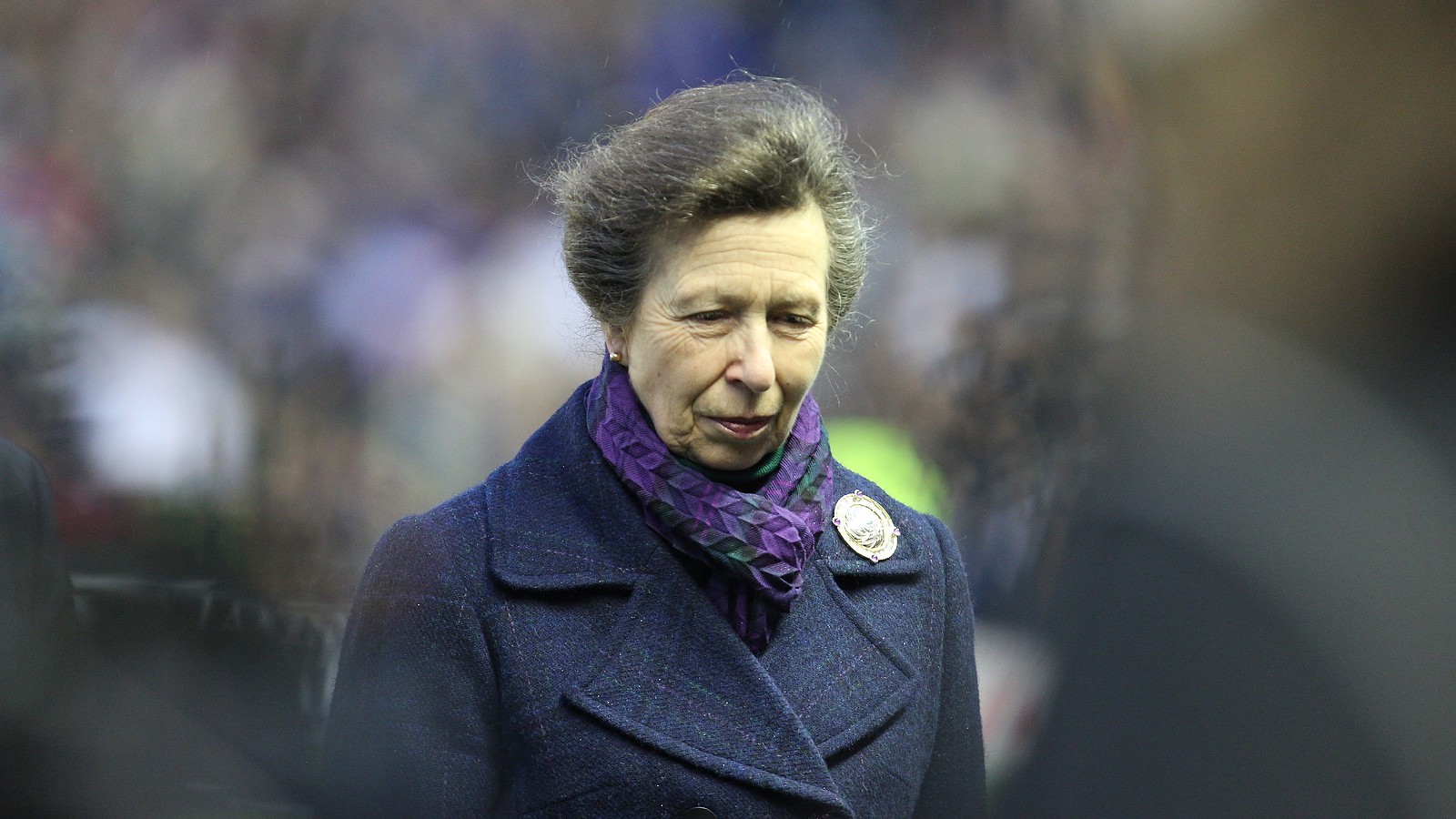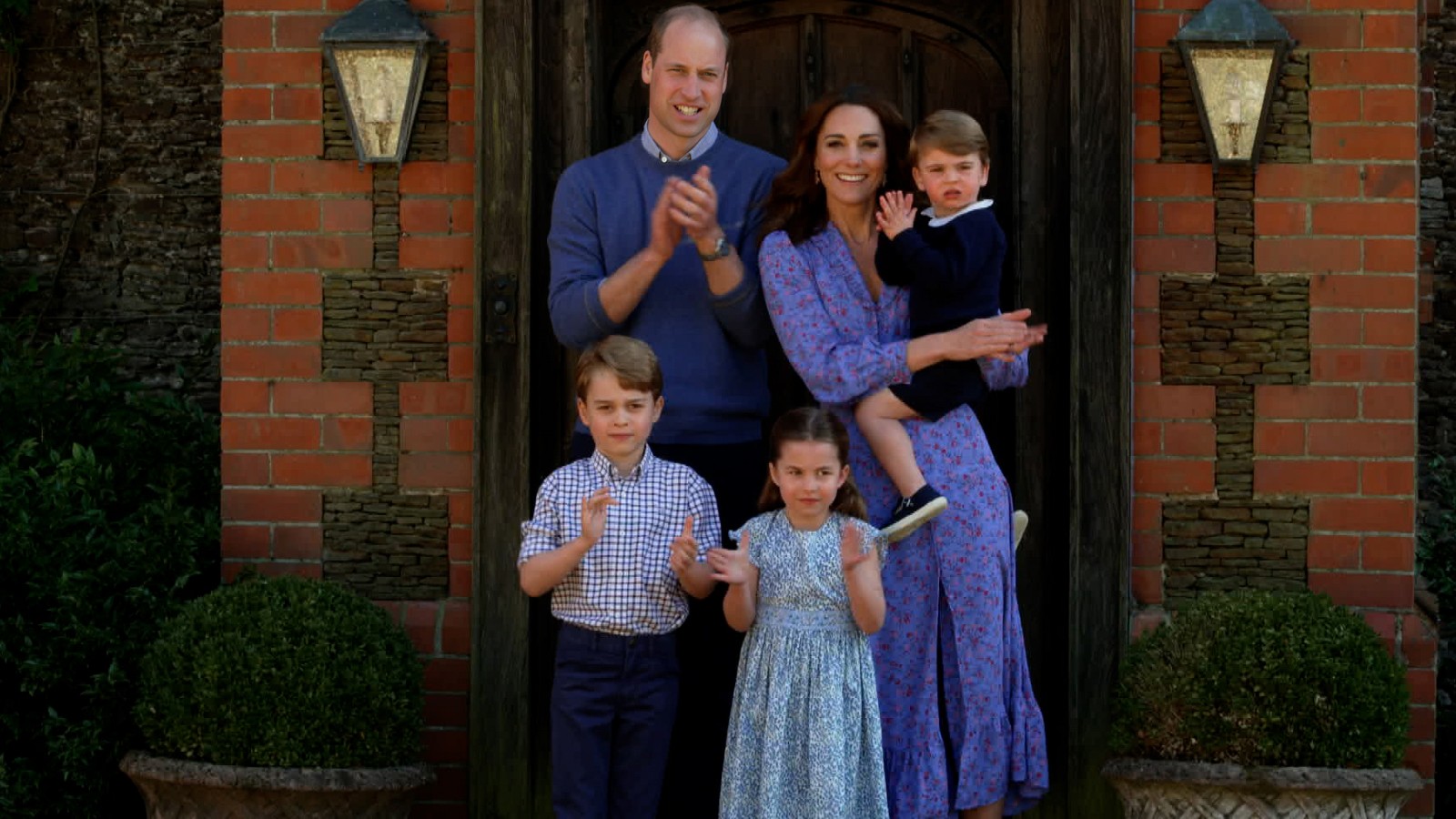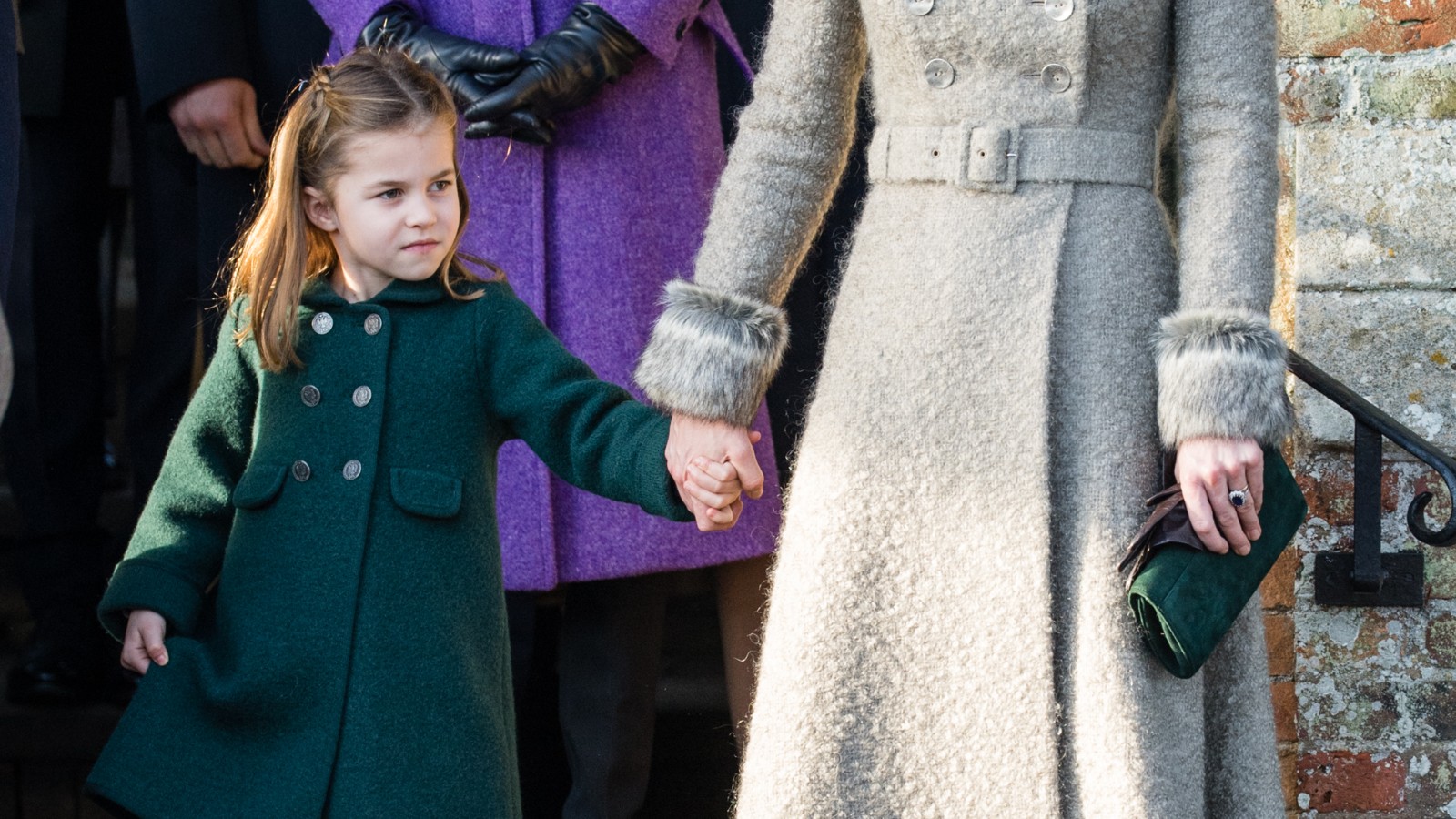Why is Princess Anne 16th in line to the throne, despite being Queen Elizabeth II's second child?
She is Queen Elizabeth's eldest daughter, but why is Princess Anne 16th in line to the throne?


The Princess Royal is Queen Elizabeth II's eldest daughter and has continuously proved herself to be one of the hardest working members of the royal family, so why is Princess Anne sixteenth in line to the throne?
- Princess Anne is currently sixteenth in line to the throne.
- The Princess Royal is behind her younger brothers, Andrew and Edward, in the order of succession.
- In other royal news, Queen Elizabeth II's former press secretary Dickie Arbiter reflects on his experience working for Her Majesty.
Despite being Queen Elizabeth II's eldest daughter and second-born child, Princess Anne is sixteenth in line of succession to the British Throne.
The Princess Royal is often referred to as one of the hardest-working members of the Royal Family and was awarded that title in both 2020 and 2021 after undertaking more official engagements than any other working royal.
Yet she’s behind 15 other members of the Royal Family when it comes to ascending the throne. So why is Princess Anne so low in the line of succession to the British Throne?

Princess Anne is sixteenth in line to the British Throne
Why is Princess Anne so low in the line of succession to the British Throne?
Princess Anne was born in 1950, during a time when being female meant being leap-frogged by men in the line of succession.
This meant that although Princess Anne was born second in line to the throne after her elder brother, King Charles III, she was soon overtaken by her younger brother, Prince Andrew - who decided to step back from duties last year.
Although Princess Anne is older than her brothers Andrew and Edward, she is behind them in the line of succession because the law change that ended the priority of males over females only applies to royal children born after the law took affect in 28 October 2011.
Sign up to our free daily email for the latest royal and entertainment news, interesting opinion, expert advice on styling and beauty trends, and no-nonsense guides to the health and wellness questions you want answered.
As a result of this law change, when King Charles III’s eldest son, Prince William (who is now second in line to the throne), had his children - Prince George, Princess Charlotte, and Prince Louis - they joined the order of succession in third, fourth and fifth in line respectively.
The King's youngest son, Prince Harry, is now fifth in line - despite having stepped down as a working royal with his wife, Meghan. Their son Archie, is now sixth in line to the throne and the birth of their daughter, Lilibet, in June 2021 changed the line of succession again, pushing Princess Anne further down the line.
Prince Andrew is in the eighth position, while the two daughters he shares with ex-wife Sarah Ferguson, Princess Beatrice, and Princess Eugenie are ninth and eleventh respectively, with Princess Beatrice's daughter, Sienna Elizabeth Mapelli Mozzi, sitting at tenth in line.

The Cambridge children are all in line to the British Throne
Princess Eugenie’s son, August, is twelfth, followed by Princess Anne’s youngest brother, Prince Edward, at thirteenth.
Prince Edward’s two children, Viscount Severn and Lady Louise Mountbatten-Winsdor could all take to the throne before Princess Anne - currently sitting at sixteenth in line to the British throne.
The old succession laws meant that the heir to the throne was always the first-born son of the monarch.
Only when there were no sons, as in the case of the Queen's father George VI, did the crown pass to the eldest daughter.
The Succession to the Crown Act 2013
Before her death, Queen Elizabeth II changed the law to ensure sons and daughters of the monarch now have an equal right to the throne.
This change was made before the Prince and Princess of Wales - who currently live at Adelaide Cottage - had their first child, and meant that if it had been a girl - she would have been our future Queen, no matter her gender.
The Succession to the Crown Act 2013 is the reason Princess Charlotte has held her place in the line of succession to the British throne, despite having a younger brother, Prince Louis.

Princess Charlotte has retained her place in the line of succession to the British Throne
Many people saw this as a welcome change as the previous laws were over 300 years old and were said to be “at odds” with our modern country.
On the change, then-Prime Minister David Cameron said, “The idea that a younger son should become monarch instead of an elder daughter simply because he is a man, or that a future monarch can marry someone of any faith except a Catholic - this way of thinking is at odds with the modern countries that we have become."
Georgia writes across woman&home and Good to Know and specialises in all things royal. Previously labelled the "Queen of the royals," Georgia knows the who's who and what's what when it comes to the monarchy. When she's not eagerly following the royal family, Georgia enjoys shopping and self-care. She lives with this motto in mind; "if your dreams don't scare you, they aren't big enough."
